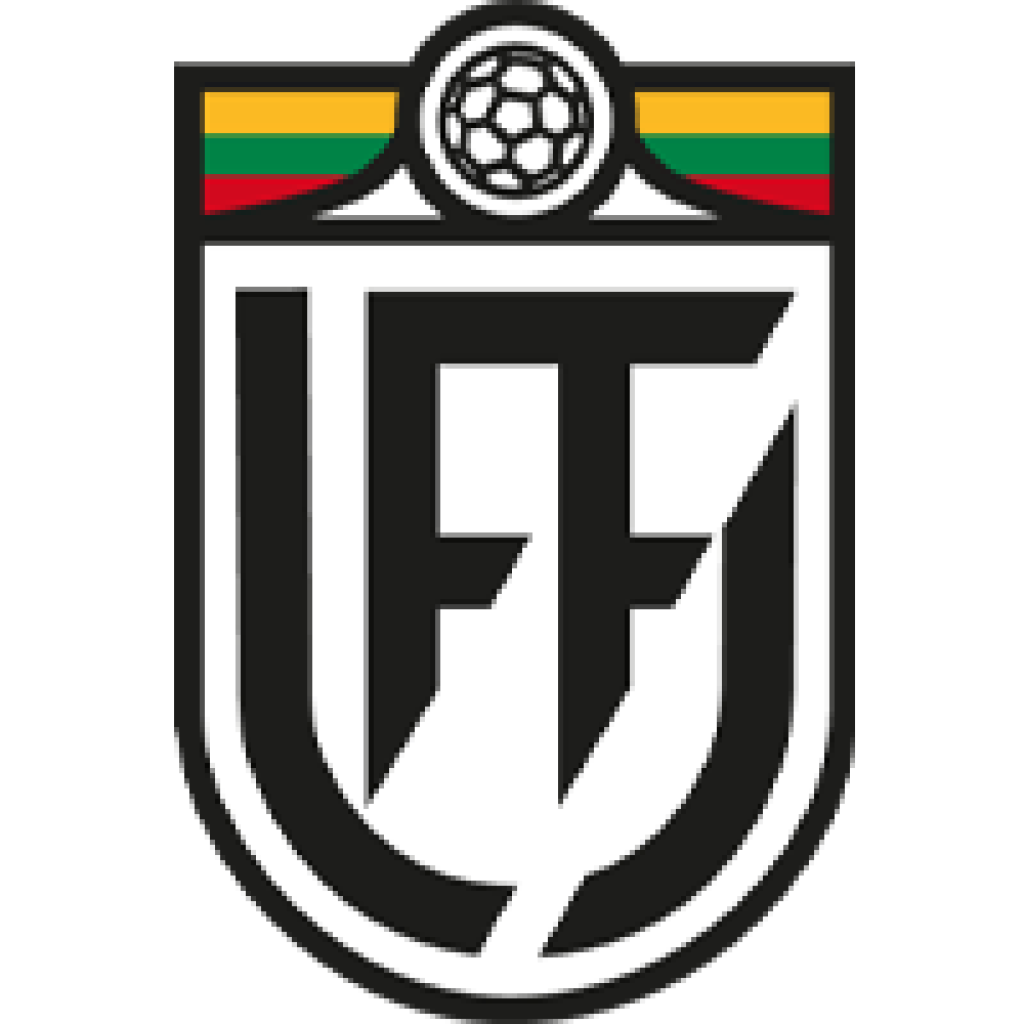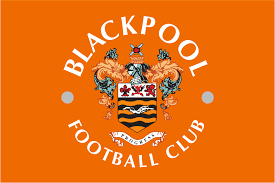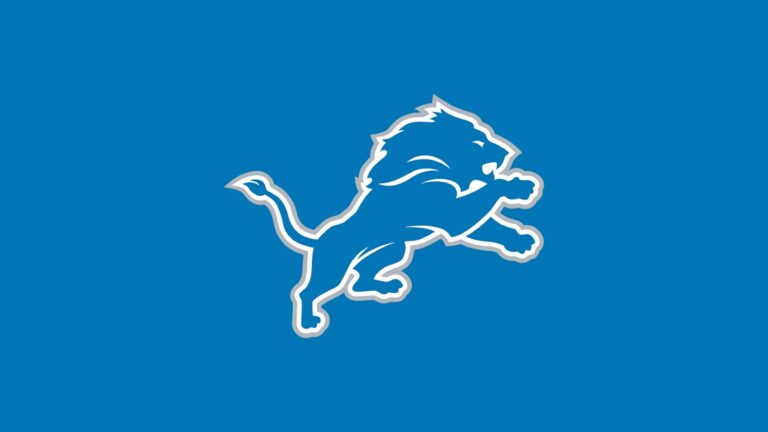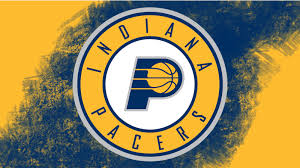
Lithuania FC
When discussing emerging contenders in European football, Lithuania FC deserves special attention. This club has become a symbol of ambition and transformation within Lithuanian sports culture. Though traditionally overshadowed by the continent’s heavyweights, Lithuania FC is reshaping its destiny through strategic planning, talent development, and an unwavering commitment to competitive excellence. In this comprehensive exploration, we will delve into the historical roots, player development programs, tactical philosophies, fanbase evolution, and future ambitions that define Lithuania FC as an exciting rising power in the dynamic world of European football.
The Origins and Evolution of Lithuania FC
Understanding the journey of Lithuania FC requires a deep dive into its origins, growth trajectory, and pivotal moments that shaped the club into what it is today. Before addressing the modern-day successes, it is essential to appreciate how far Lithuania FC has come from humble beginnings to becoming a beacon of sporting pride in Lithuania ww88ha.com.
Early Foundations and Historical Context
Lithuania’s football history stretches back over a century, yet for many decades, it remained on the fringes of European football relevance. Lithuania FC was born amid these modest foundations, initially functioning as a local club with limited resources and exposure.
The early years were characterized by fluctuating participation in regional competitions, primarily serving as a community hub rather than a competitive force. Despite economic hardships and political upheavals during the Soviet era, the spirit of the game endured, fueled by grassroots enthusiasm and volunteer-driven initiatives.
As Lithuania regained independence in the early 1990s, the opportunity arose to revitalize national identity through sports. Lithuania FC capitalized on this cultural renaissance, gradually building an organizational structure aimed at nurturing homegrown talent and increasing competitiveness. These foundational years were critical, laying the groundwork through persistence, local support, and incremental improvements.
My insight here is that such humble beginnings often serve as a source of resilience. The initial struggles instilled a sense of humility and determination—qualities that later became central to Lithuania FC’s ethos as they aspired to reach the European stage.
Key Milestones in Club Development
The late 1990s and early 2000s marked significant milestones for Lithuania FC. Investment from local businesses and collaborations with educational institutions facilitated better training facilities, youth academies, and professional coaching staff.
One notable turning point was their breakthrough into Lithuania’s top domestic league. Initially facing relegation threats, the club managed to establish itself mid-table before gradually challenging for higher honors. Participation in domestic cup competitions also brought valuable experience and exposure.
By the mid-2010s, Lithuania FC began participating in early rounds of UEFA competitions—though progress was limited, these encounters provided invaluable lessons against more seasoned European opponents. Each continental outing honed the team’s tactical discipline and mental fortitude.
In my view, these milestones highlight a classic underdog narrative where incremental gains compound over time. Lithuania FC didn’t leapfrog into success; they earned it through sustained effort, learning from setbacks, and leveraging every minor achievement as a stepping stone toward greater ambitions.
Influence of Lithuanian Culture and Community Support
What truly distinguishes Lithuania FC is its symbiotic relationship with Lithuanian culture and society. Unlike bigger clubs driven by commercial imperatives, Lithuania FC remains deeply embedded in local identity, seen as a vessel for national pride and communal expression.
Cultural festivals, grassroots tournaments, and even political events have intertwined with the club’s journey, making it a unifying symbol across diverse demographics. This community-centric approach fosters loyalty that transcends mere results on the pitch.
Moreover, Lithuania FC’s emphasis on Lithuanian values—resilience, solidarity, and innovation—is reflected in their playing style and club management. They prioritize local traditions while embracing modernity, creating a unique blend that resonates both domestically and increasingly abroad.
Personally, I believe this cultural integration gives Lithuania FC a profound competitive advantage. It ensures sustained fan engagement and cultivates a strong internal identity that helps weather adversity—a crucial ingredient for any club aspiring to rise within European football circles.



